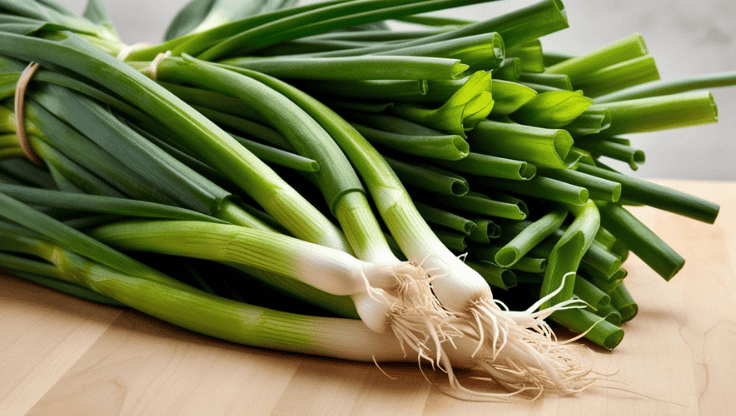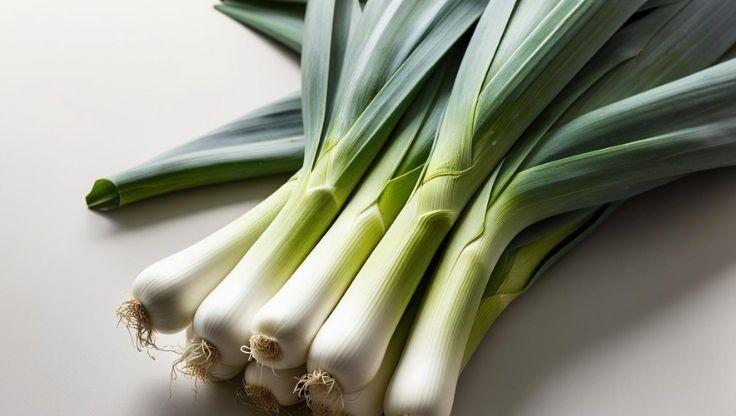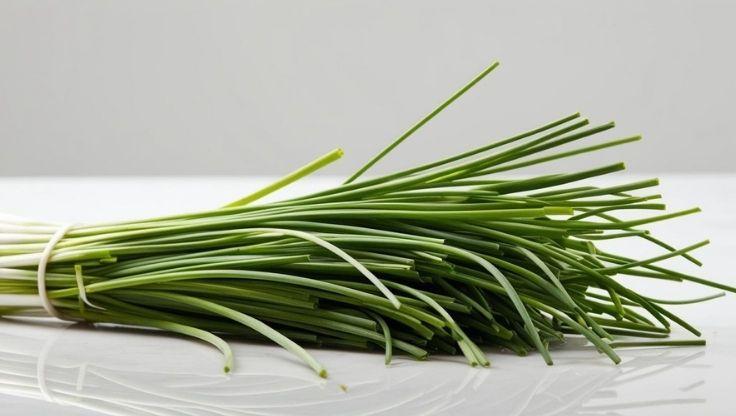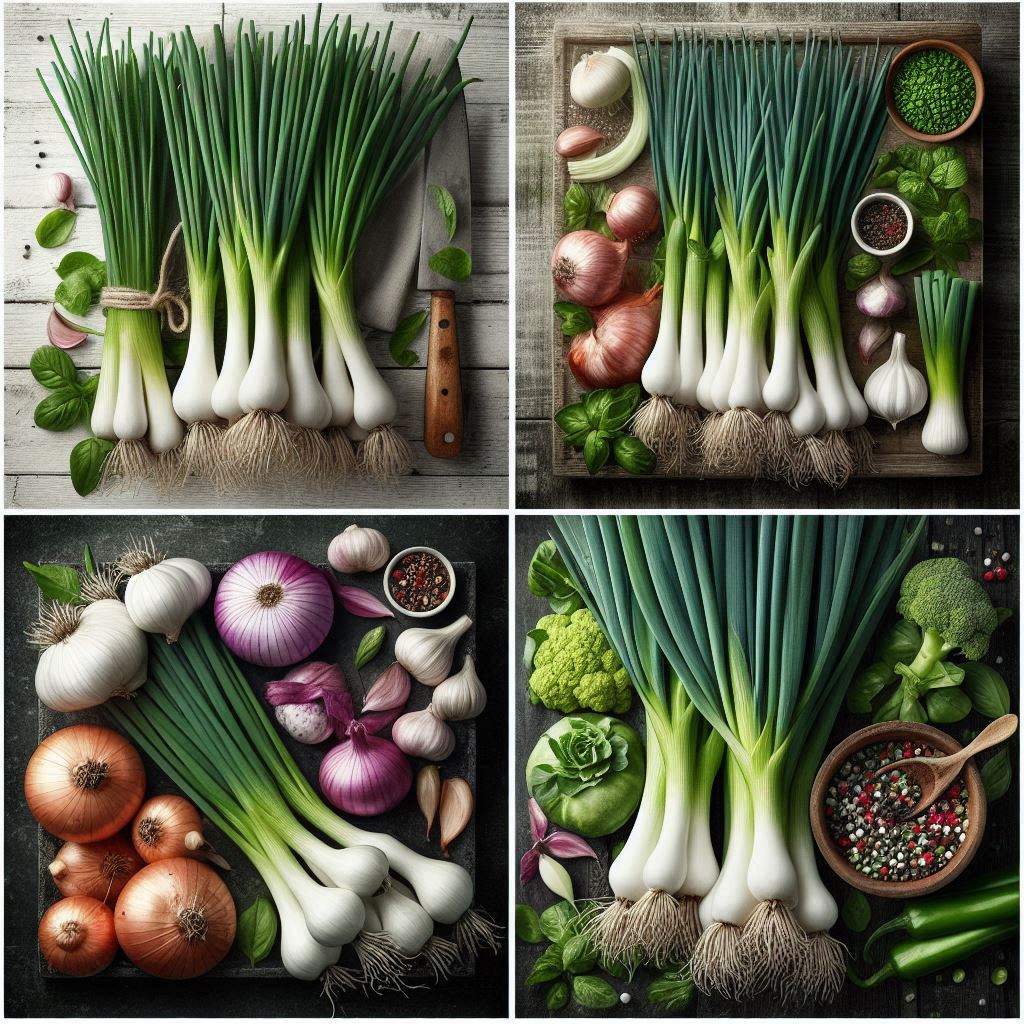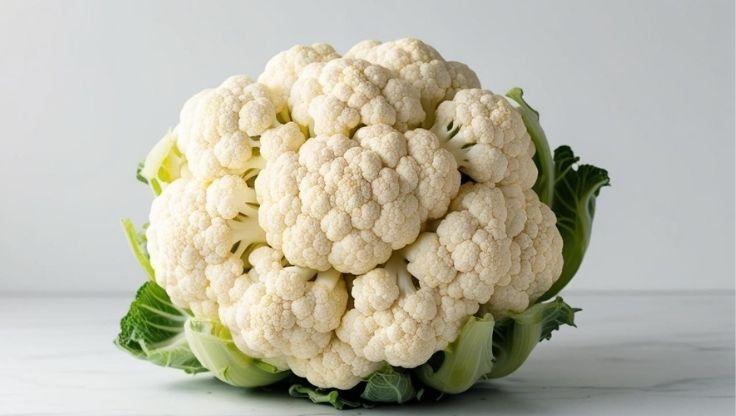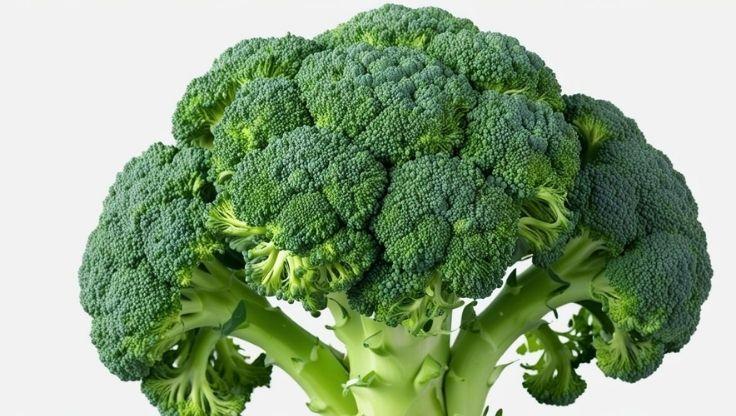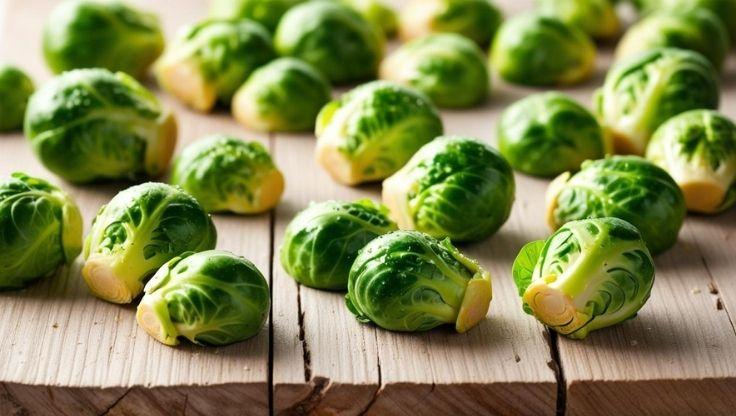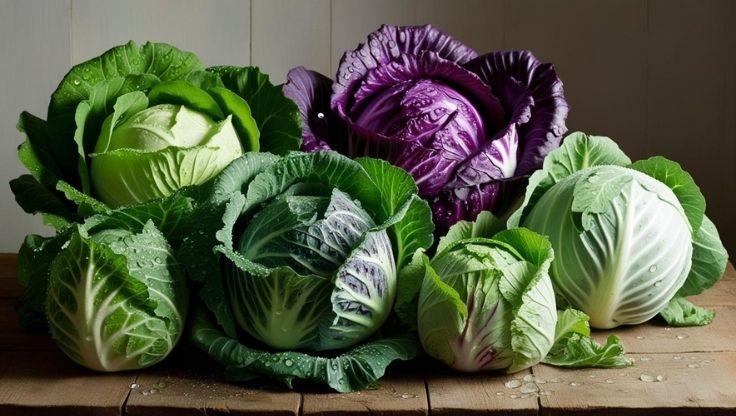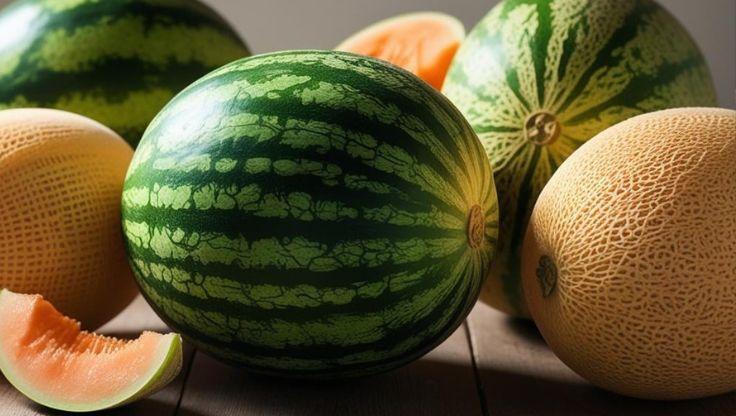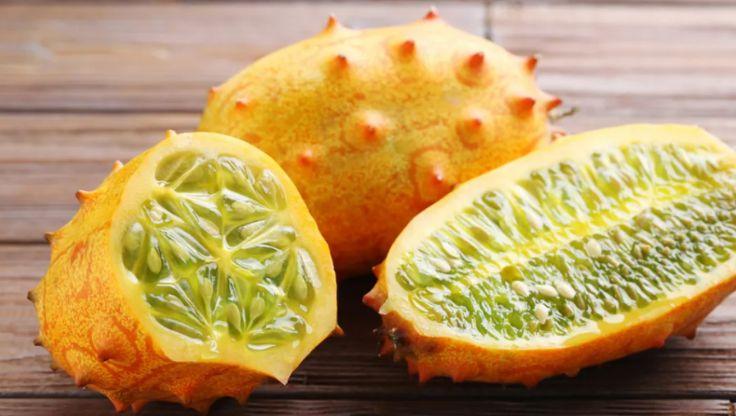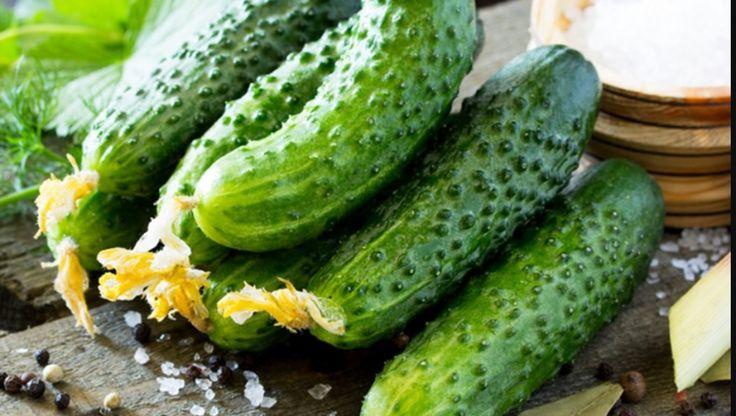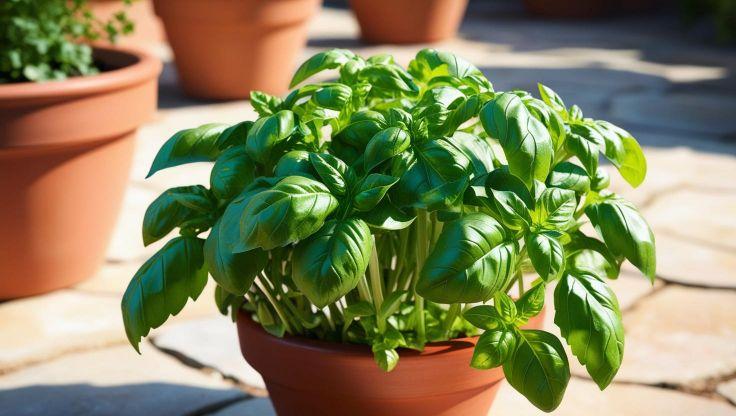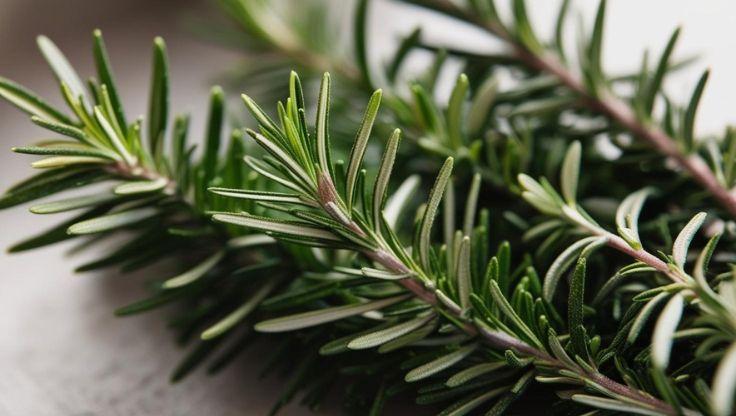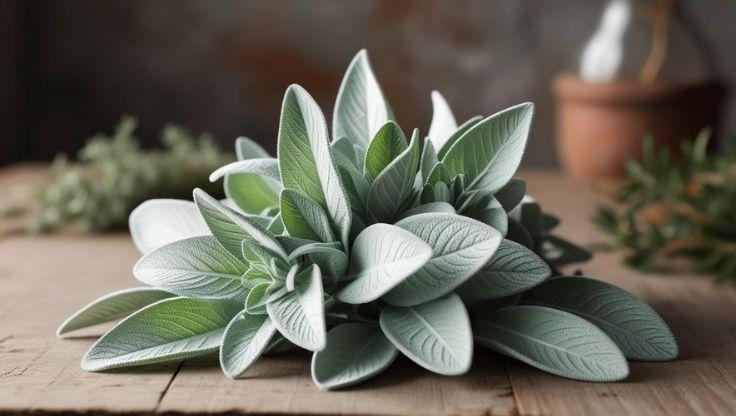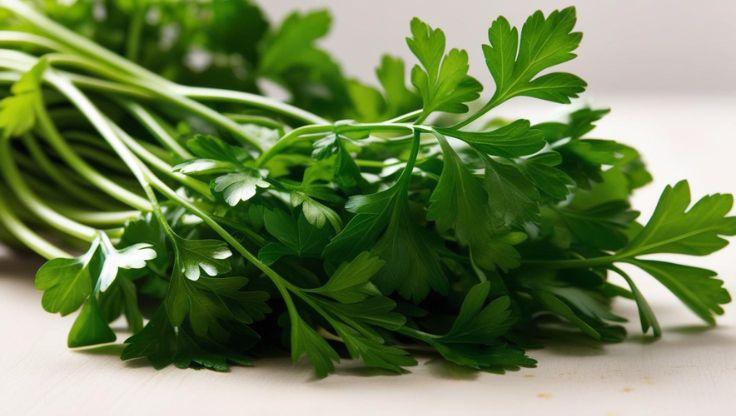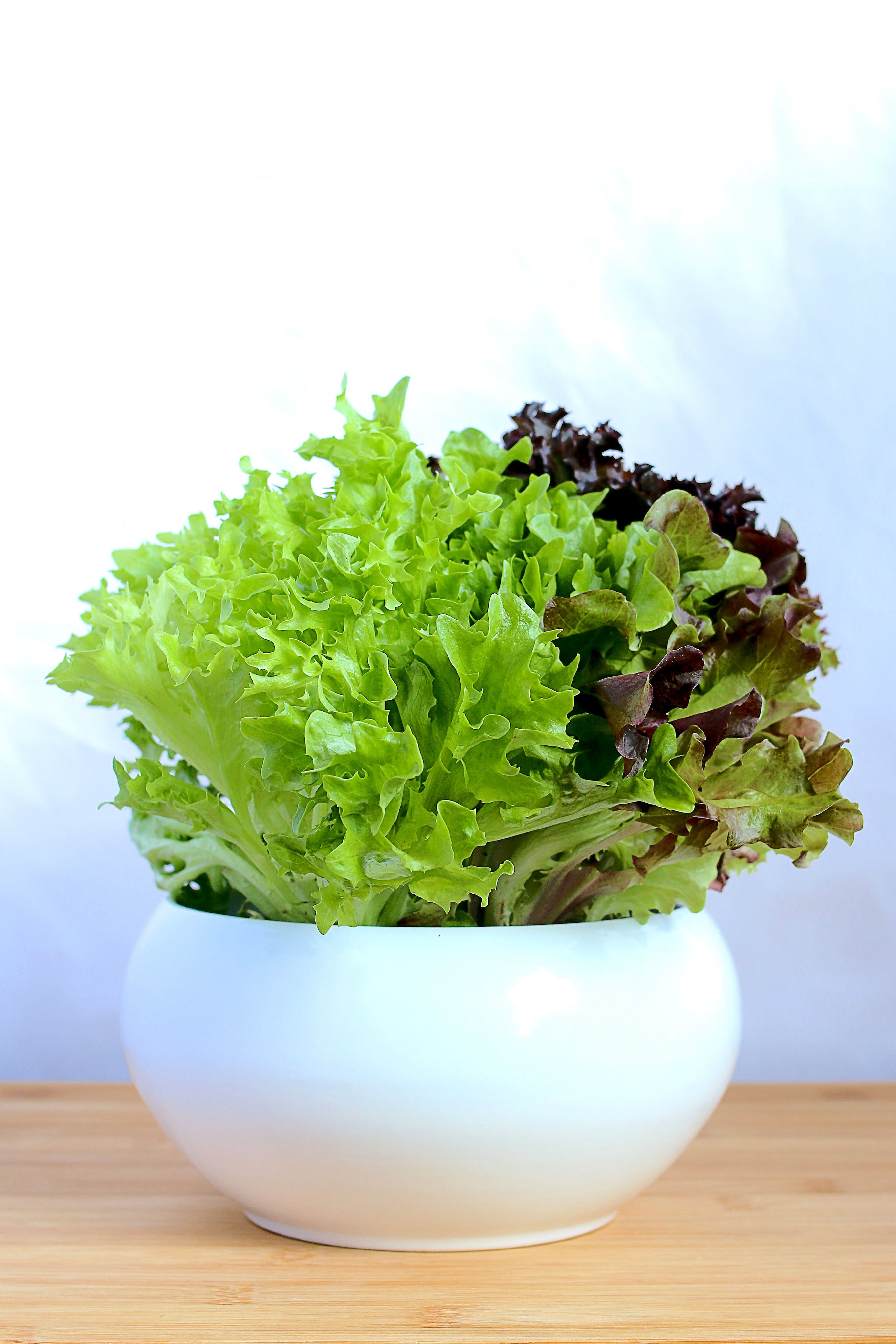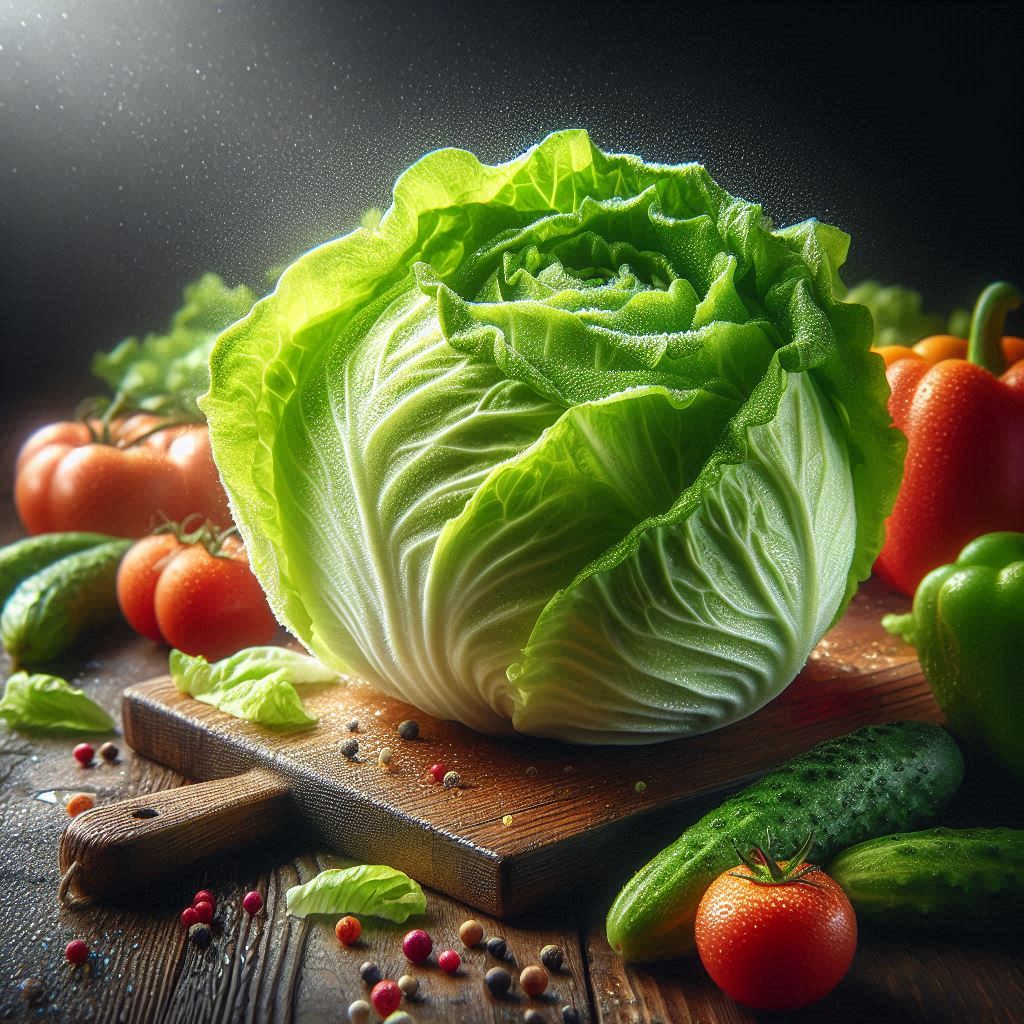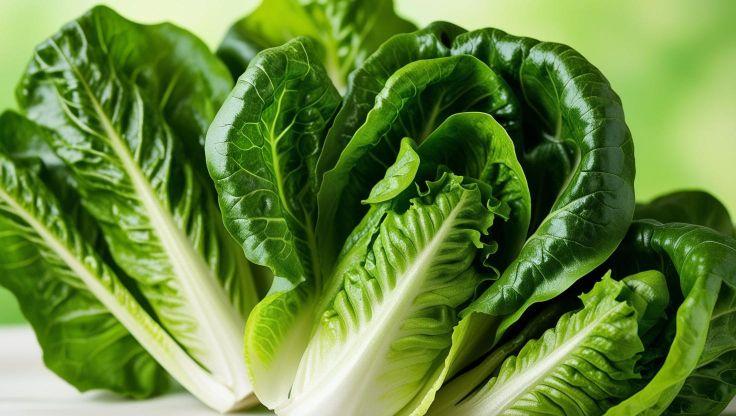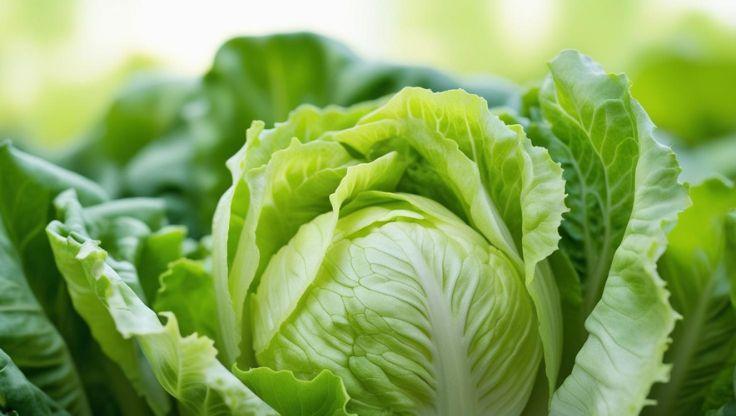Hydroponic Plants: Thyme and Its Cultivation in Hydroponic Systems
Thyme (Thymus vulgaris) is an aromatic herb prized for its culinary and medicinal benefits. Originating from the Mediterranean region, hydroponic plants like thyme thrive in controlled environments, ensuring consistent growth and reduced exposure to soil-borne diseases. Compared to traditional farming, hydroponic systems offer optimized nutrient absorption and faster harvest cycles.

Hydroponic Growing Conditions of Thyme
Thyme (Thymus vulgaris) is a versatile, aromatic herb widely used in culinary and medicinal applications. Growing hydroponic plants like thyme offers numerous advantages, including controlled nutrient delivery, faster growth, and higher yields. To ensure optimal development, maintaining precise environmental conditions is essential.
Optimal pH and EC Levels for Hydroponic Thyme
For hydroponic thyme, maintaining the correct pH and electrical conductivity (EC) levels is crucial for nutrient absorption and plant health:
- pH Range: 5.5–7.0 – This slightly acidic to neutral range ensures efficient uptake of essential nutrients.
- EC Levels: 0.8–1.6 mS/cm – This conductivity range supports balanced nutrient availability, preventing deficiencies or toxicities.
Regular monitoring and adjustments of the nutrient solution help maintain these parameters, ensuring robust growth and high-quality yields.
Environmental Requirements for Hydroponic Thyme
Creating an ideal hydroponic environment for thyme involves precise control over light, temperature, and humidity:
Light Requirements
Thyme thrives under 12–16 hours of LED or fluorescent lighting daily. Adequate light exposure promotes photosynthesis, ensuring strong foliage development and enhanced flavor.
Temperature Control
Maintaining a stable temperature between 18–24°C is ideal for hydroponic thyme. This range supports consistent growth while preventing stress-related issues.
Humidity Management
Optimal humidity levels should be maintained between 40–70% to prevent fungal diseases and encourage healthy root development. Proper air circulation and humidity control systems help regulate moisture levels.
By integrating hydroponic techniques, thyme can be cultivated sustainably while maintaining its culinary excellence and medicinal benefits
Cultivation Process of Thyme in Hydroponic Systems
Thyme (Thymus vulgaris) is a versatile, aromatic herb widely used in culinary and medicinal applications. Growing hydroponic plants like thyme offers numerous advantages, including controlled nutrient delivery, faster growth, and higher yields. To ensure optimal development, maintaining precise environmental conditions is essential.
Seed Planting and Germination in Hydroponic Systems
For successful hydroponic cultivation, thyme seeds should be planted one per hole in hydroponic trays to allow adequate space for root development. The germination process typically begins within 8–20 days, depending on environmental conditions such as temperature and humidity.
Since thyme seeds are tiny and slow to germinate, they should be sown shallowly in pre-moistened grow media like vermiculite, coco-coir, or perlite starter cubes. Maintaining a temperature of 65–70°F (18–21°C) during germination ensures optimal sprouting.
Once seedlings establish strong root systems, they are transplanted into hydroponic growing channels or nutrient-rich reservoirs. This method ensures efficient nutrient absorption, leading to vigorous growth and higher yield potential.
Growth Timeline and Maturity
After transplanting, hydroponic thyme reaches maturity within 8–12 weeks, making it a relatively fast-growing herb compared to traditional soil-based cultivation. The controlled environment of hydroponic systems allows for consistent growth rates, ensuring year-round production without seasonal limitations.
Regular monitoring of pH levels (5.5–6.5) and electrical conductivity (EC) levels (1.5–2.2 mS/cm) is essential to maintain optimal nutrient balance. Proper light exposure (12–16 hours daily) and temperature regulation (18–24°C) further enhance plant development.
Popular Thyme Varieties for Hydroponic Gardens
Several thyme varieties thrive in hydroponic gardens, each offering unique flavors and growth characteristics:
- French Thyme (Thymus vulgaris) – Known for its strong, earthy aroma, this variety is widely used in culinary applications.
- Lemon Thyme (Thymus citriodorus) – Offers a citrusy fragrance, making it ideal for teas, marinades, and desserts.
- English Thyme (Thymus vulgaris 'English') – A hardy variety with mild, peppery notes, commonly used in soups and stews.
These varieties adapt well to hydroponic systems, benefiting from controlled nutrient delivery and optimized environmental conditions.
Uses and Benefits of Thyme in Hydroponic Cultivation
Thyme (Thymus vulgaris) is an aromatic, flavorful herb used extensively in culinary, medicinal, and horticultural applications. Growing hydroponic plants such as thyme provides significant advantages, including enhanced nutrient absorption, improved plant health, and higher yields, making it an ideal candidate for sustainable indoor farming.
Culinary Applications of Hydroponic Thyme
Hydroponic thyme produces consistently potent flavors that enhance various dishes. Its earthy, slightly minty aroma pairs well with both savory and baked goods:
- Meat and poultry – Thyme adds depth to roasted chicken, grilled lamb, and slow-cooked beef, enriching marinades and spice rubs.
- Stews and soups – The herb intensifies the heartiness of broths, making it a key ingredient in classic dishes like French onion soup and beef bourguignon.
- Sauces and dressings – Used in béarnaise sauce, herb-infused oils, and vinaigrettes, hydroponic thyme contributes to complex flavor profiles.
- Baked goods and infused beverages – Thyme can be used in savory breads, biscuits, and herbal teas, offering a subtle but distinctive taste.
Because hydroponic plants grow under controlled conditions, the essential oil concentration in thyme remains stable and predictable, making it an excellent choice for chefs and food manufacturers seeking consistent flavor quality.
Medicinal Properties of Hydroponic Thyme
Thyme is rich in antibacterial, anti-inflammatory, and antioxidant compounds, contributing to various health benefits:
- Respiratory health – Thyme contains thymol, an active compound known to soothe coughs and alleviate bronchial infections.
- Digestive support – The herb enhances gut health by stimulating digestion, reducing bloating, and promoting balanced gut microbiota.
- Immune function – High levels of vitamin C and polyphenols in thyme strengthen the immune system, supporting the body’s natural defenses.
Recent studies suggest that thyme extracts may aid in regulating blood pressure and improving circulation, making it beneficial for cardiovascular health. Hydroponic cultivation ensures maximum potency in medicinal compounds due to consistent nutrient delivery.
Advantages of Hydroponic Thyme Cultivation
Growing hydroponic plants like thyme offers numerous benefits over traditional soil-based methods:
- Optimized water usage – Hydroponic systems use 90% less water compared to conventional farming.
- Year-round production – Controlled environments allow continuous growth, eliminating seasonal limitations.
- Higher yields and faster growth – Hydroponic thyme grows 25–30% quicker than soil-grown varieties.
- Minimized disease risks – The absence of soil reduces exposure to fungal pathogens and pests, resulting in cleaner, healthier plants.
With the increasing demand for sustainable and efficient agriculture, hydroponic thyme cultivation presents a viable solution for urban farms, commercial growers, and home gardening enthusiasts.
Research for expert insights
These insightful articles provide expert perspectives and essential details worth exploring.
|
Company/Institution |
Article Title |
Article Link |
|---|---|---|
|
Zagazig University |
Effect of Light Intensity and Water Flow Rate of Hydroponic Unit on Thyme (Thymus vulgaris L.) Production |
|
|
Nature Magazine |
Looking at the Responses of Hydroponically Grown Thyme to Short-Term Salinity Stress |
|
|
Dunărea de Jos University of Galați |
Comparative Study on the Growth and Development of Thyme and Basil Herbs in Aquaponic and Hydroponic Systems |
Their thorough examination sheds light on key details, making them an indispensable guide for expanding knowledge.


